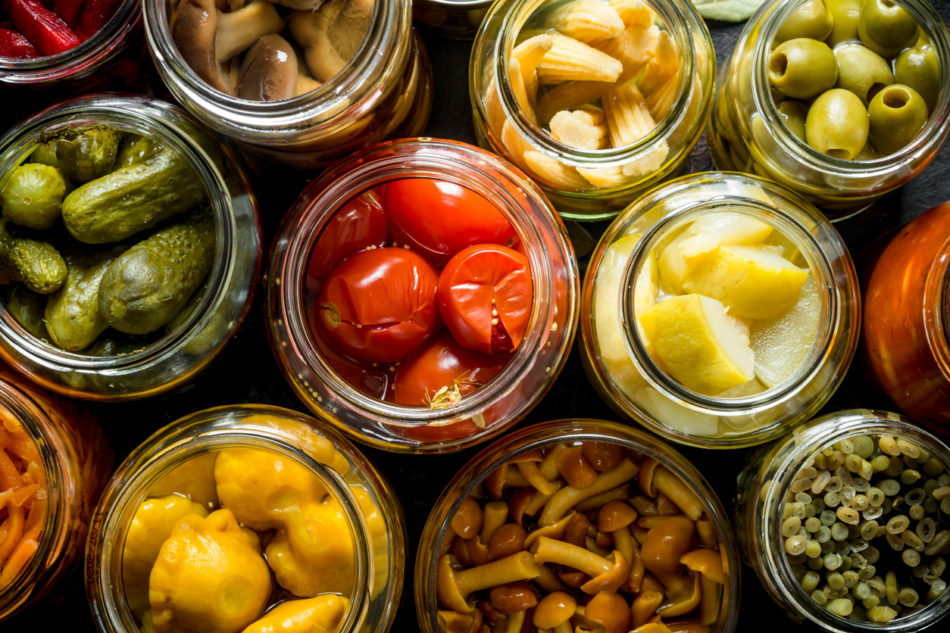
If you have a garden and you’re looking for a way to preserve your food, canning is a great way to do so. While it takes a good bit of prep work, once you learn the ropes, you won’t be able to stop. See how you can preserve your summer vegetables with these canning steps.
What is Canning?
People have been preserving their food for centuries. Canning is one of those ways. Canning involves applying heat to food in a closed-glass canning jar and removing air from the jar to create a seal. This stops the spoilage, which makes it shelf-stable. There are a few ways to can your goods at home.
Water Bath Canning: This type of canning uses a lower temperature, which means it is suitable for preserving processed foods that are high in acid. The acidity of the food is very important when it comes to water bath canning. The acid kills the bacteria that causes spoilage. Fruits, veggies, salsa, jams, jellies, fruit juices, pickles, relish, vinegar, and condiments are great examples of foods fit for water bath canning.
Pressure Canning: Low acid foods, such as meats and seafood, work great in a pressure canner. The pressure canner is designed to heat the jar to 240° F, eliminating the risk of bacteria. Foods that are ideal for this type of canning are green beans, potatoes, corn, carrots, beets, sweet peppers, pumpkins, greens, and meats.
What You Will Need
Not too much is needed for canning. You will need some jars, lids, and screw bands. Although, some additional canning tools include a jar lifter, funnel or jar filler, plastic knife or spatula, lid wand with magnet, and clean cloths.
You might also like: Spend Family Time At The Hangar 38
Prepare And Seal
The first thing you will want to do is wash all your jars, lids, and rings in hot soapy water. Next, you will want to sterilize all of the jars with boiling hot water to ensure all germs are killed. Leave your jars in the hot water until you are ready to funnel your preservatives. Make sure to leave the recommended amount of headspace in your jar. Follow your recipe for processing your jars, as each item may be different.
Disclaimer: The stock image is being used for illustrative purposes only, and it is not a direct representation of the business, recipe, or activity listed. Any person depicted in the stock image is a model.
